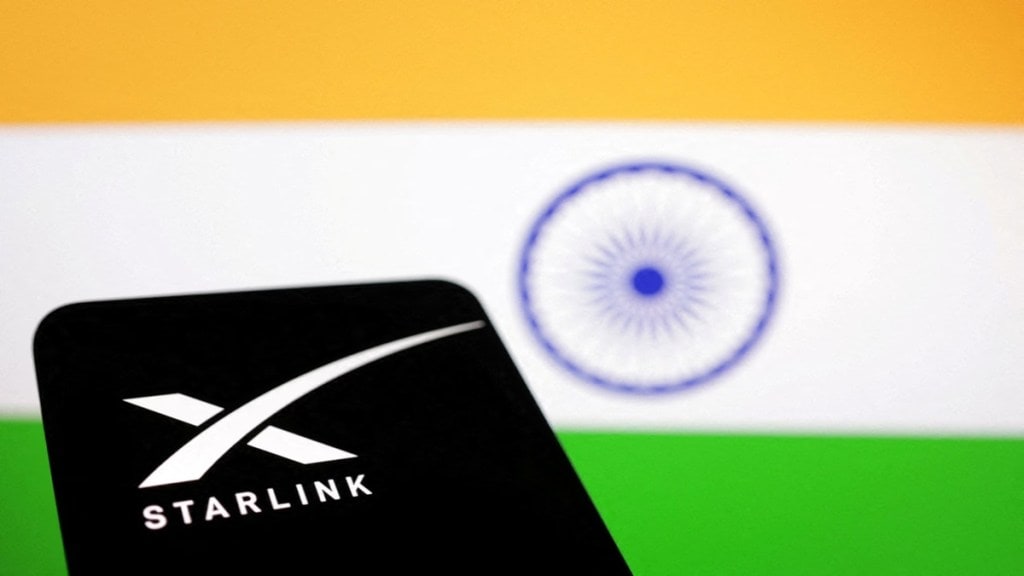Elon Musk’s Starlink is reportedly set to launch its satellite internet service in the country within the next two months. This marks a significant development in India’s internet landscape, offering a new high-speed connectivity option. Starlink is the third company to secure a license from the Department of Telecommunications (DoT) to operate in India. They join Eutelsat’s OneWeb and Reliance Jio, both of which have already been approved to provide satellite internet services.
Operating in over 100 countries worldwide, Starlink offers a range of residential and roaming plans. For Indian users, it’s expected to be available in two tiers: “Residential Lite” for smaller households with lighter usage needs, and a “full Residential service” designed for higher data consumption. This launch is anticipated to bring much-needed high-speed internet access to remote and underserved areas across India, potentially bridging the digital divide. Stay tuned for more updates on pricing and availability!
Starlink price in India:
SpaceX’s Starlink is expected to offer its Standard Kit in India for around ₹33,000. This kit will include all the essential components needed to activate satellite-based internet services, such as the Starlink dish, a kickstand, a Gen 3 router, Starlink and AC cables, and a power supply unit. Designed primarily for residential use, the kit supports everyday internet needs like streaming, video conferencing, and online gaming. Monthly subscription plans for unlimited data are likely to range between Rs 3,000 and Rs 4,200.
Starlink speed:
Starlink currently provides high-speed internet with speeds ranging from 25 Mbps to 220 Mbps, with many users reporting consistent speeds above 100 Mbps. This service operates independently of traditional fibre or mobile networks, offering seamless connectivity even in remote areas.
What is Starlink?
Starlink, SpaceX’s innovative satellite internet initiative, is designed to revolutionize broadband access by leveraging a vast network of satellites positioned in low Earth orbit (LEO). Being much closer to the Earth than traditional satellites, this placement enables significantly lower latency and more stable, high-speed internet performance.
This advanced technology holds particular promise for India’s remote and underserved regions, where access to conventional internet infrastructure—such as fiber optics or cellular networks—is limited or nonexistent. Starlink aims to close this digital gap by delivering reliable, high-speed internet to communities long overlooked by traditional connectivity solutions.








